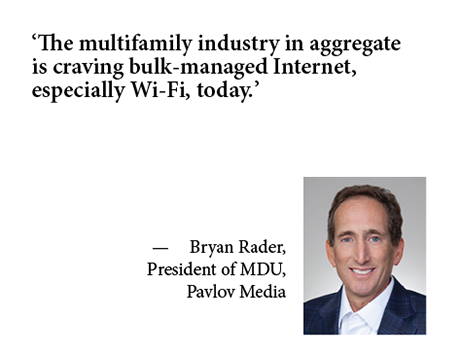Enhancing Wireless Connectivity and Efficiency in Multi-Dwelling Settings for Optimal User Satisfaction
In the current environment, maintaining a robust and reliable Wireless signal is essential, especially in multi-dwelling environments like flats or condominiums. Numerous individuals depend on the network for employment, school, and entertainment. Nonetheless, Wireless transmissions can have difficulty to reach every corner of these structures due to multiple barriers. These hindrances can consist of partitions, levels, and other electronic devices that interfere with the connection. To enhance Wireless signal strength and performance in these settings, it is important to understand some foundational principles of wireless networking.
One efficient way to boost Wireless performance is by strategically placing routers and extenders throughout the property. A middle placement is usually ideal, as it allows the coverage to travel evenly in all directions. In larger multi-unit residences, multiple access points may be necessary. These devices help increase the reach of the wireless infrastructure and provide better coverage to residents in different parts of the building. Additionally, using devices that support the latest wireless standards can lead to faster speeds and enhanced total efficiency.

Another important factor in optimizing wireless connectivity is minimizing interference from other electronics. Most household appliances, such as ovens and wireless handsets, can disrupt wireless transmissions. It is advisable read this article to keep modems away from these appliances to maintain a clearer connection. Additionally, modifying the channel settings on a device can help reduce conflict from adjacent signals. The majority of routers by default choose the best band, but individually selecting a less congested one can enhance performance.
Regularly refreshing device firmware is also necessary for ensuring maximum wireless performance. Manufacturers routinely release updates that fix bugs and enhance protection features. Maintaining the firmware up-to-date guarantees that users benefit from the most recent enhancements and protections against potential risks. Furthermore, monitoring bandwidth activity helps detect which devices consume more resources, allowing for better allocation of existing capacity.
Ultimately, educating residents about proper usage for using wireless networks can greatly improve their performance. Simple measures such as pairing only necessary units, using wired links when possible, and regularly restarting the router can improve reliability. By fostering a community that understands how to maximize their network usage, have a peek at this site multi-unit environments can elevate user experience and ensure that all users enjoys a consistent internet service. This combined approach of planned placement, reducing interference, managing equipment, and informing users will result in a more reliable and satisfying wireless experience for all occupants.